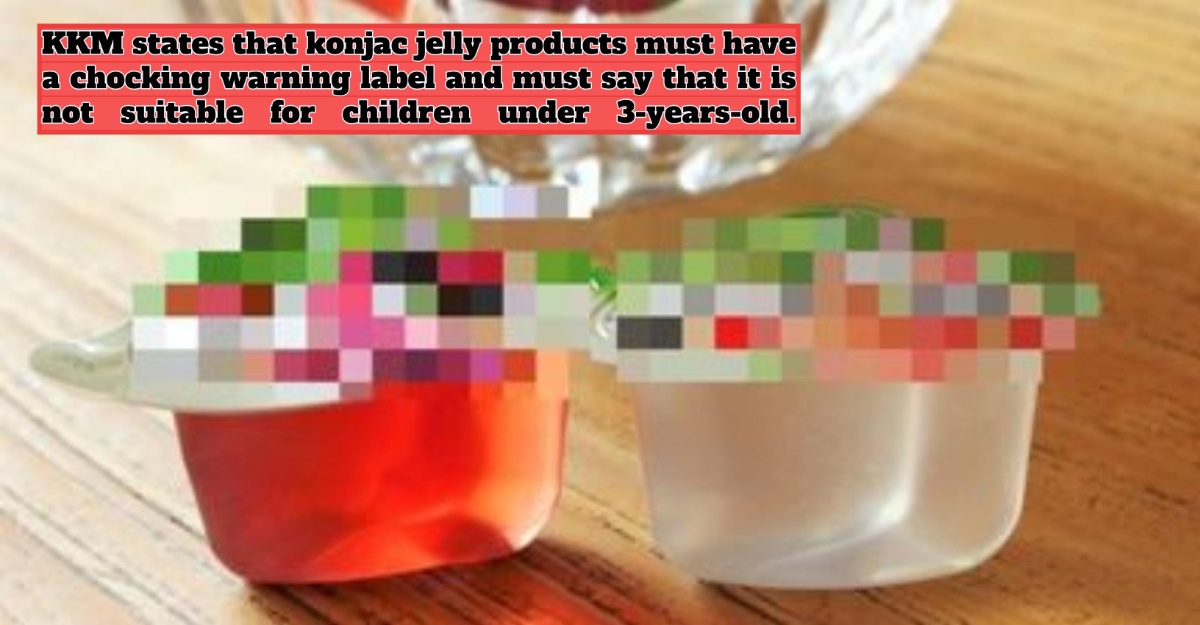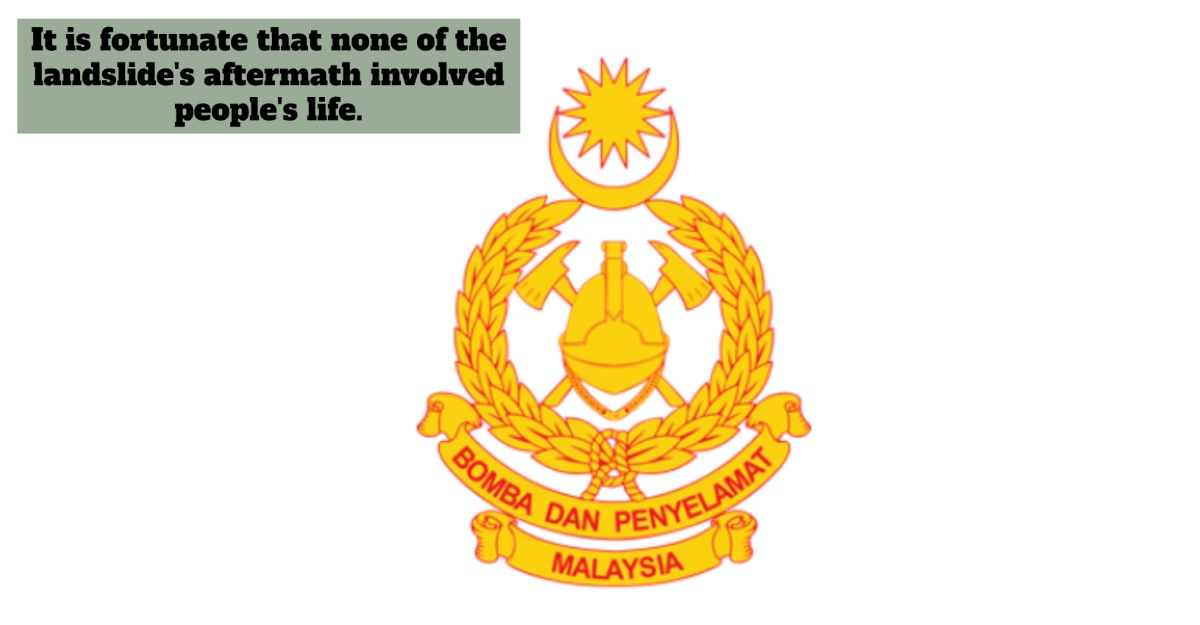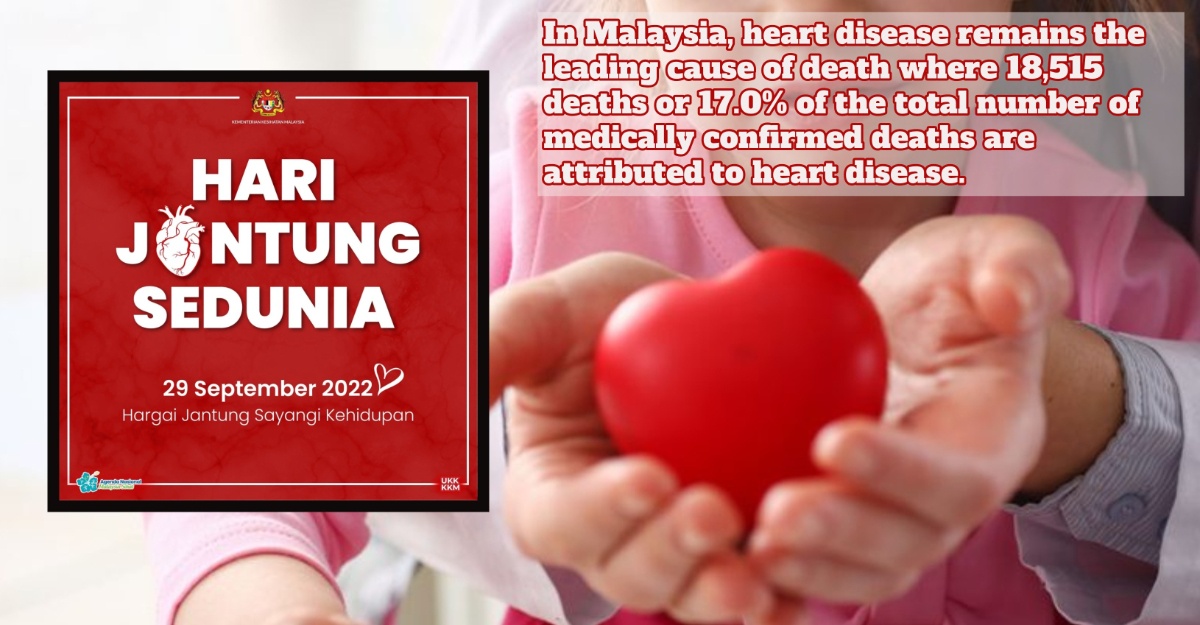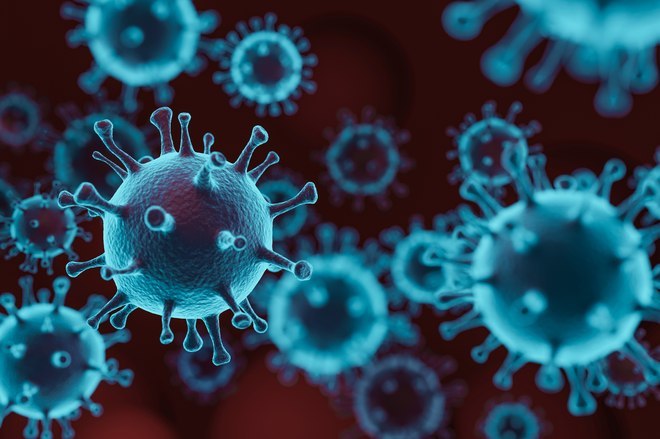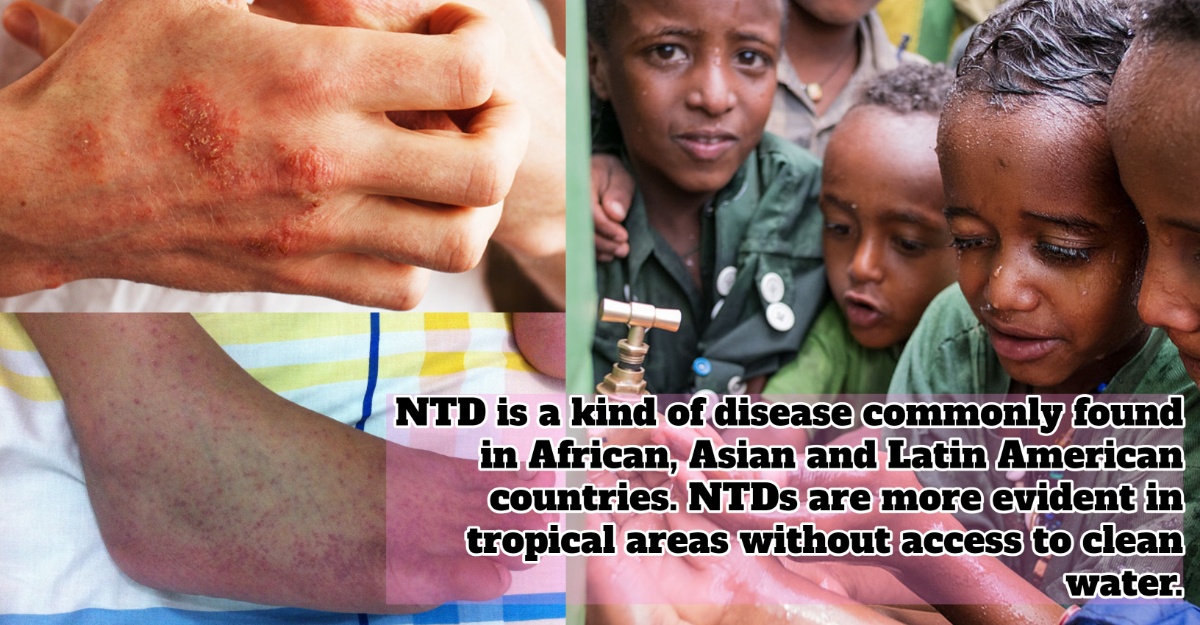You can find konjac root, a vegetable in certain Asian countries. The corm (the underground tuber-like part of the stem) is where you can find its starchy roots. Glucomannan, extracted from the corm, is an excellent source of soluble fibre.
As well as its use in traditional medicine, it is a popular food ingredient used in foods like noodles. Having a high fibre content, konjac has several positive health effects.
Consuming soluble fibre can lower cholesterol and blood sugar levels. Consistent bowel movements, fewer hemorrhoids, and a reduced risk of diverticular disease are all potential benefits of a high-fiber diet.
On the other hand, you can also find konjac in children’s snack in a form of a jelly. Even though it uses the same ingredients, the health benefits differs.
Manufacturers package konjac jelly as health product sometimes, but it’s far from that. It also contains a high amount of sugar and aspartame that can be dangerous for children and adults.
Not only that, konjac jelly can be difficult to swallow, which can be a health hazard especially for children. Konjac jelly products have a chewy texture, difficult to dissolve in the mouth and difficult to swallow compared to other jelly products.
There are many cases where children accidentally choked on the jelly because they are too big. This issue has caused Ministry of Health Malaysia (KKM) to release a statement regarding this issue.
Statement by KKM
In the statement, KKM said that jelly konjac products are controlled under Regulation 139 (confection of food) and Regulation 139A (controlled jelly confection).
- Regulation 139 (confection of food): Jellies over 45 millimeter can contain konjac.
- Regulation 139A (controlled jelly confection): Jellies with a diameter of 45 millimeter or under cannot contain konjac.
KKM also states that products under Regulation 139A must have a chocking warning label and must say that it is not suitable for children under 3-years-old.
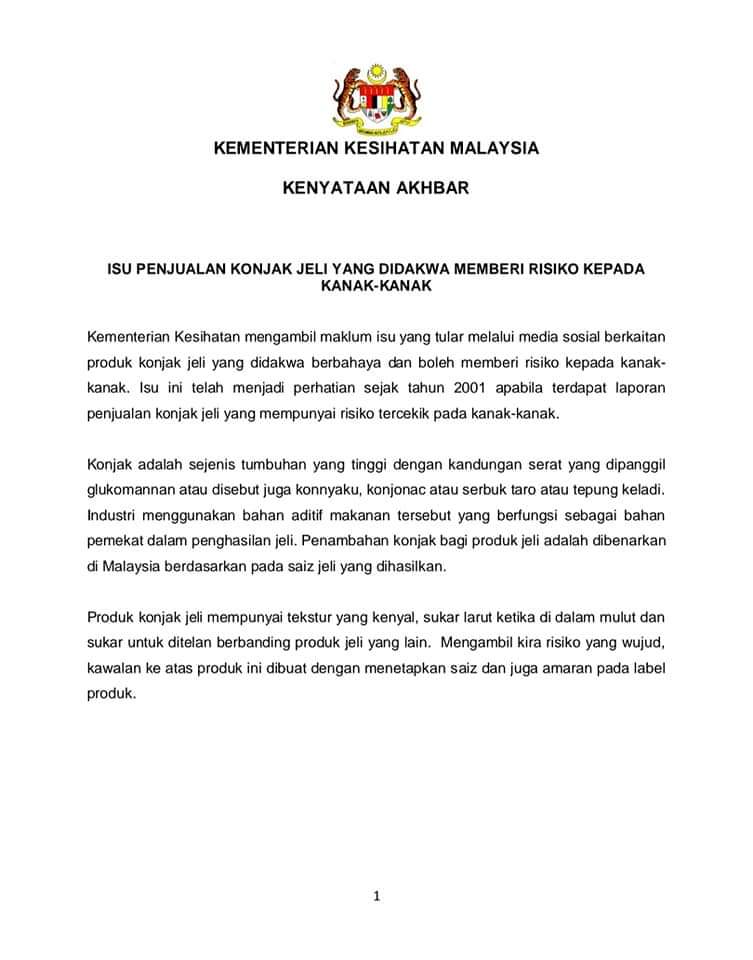
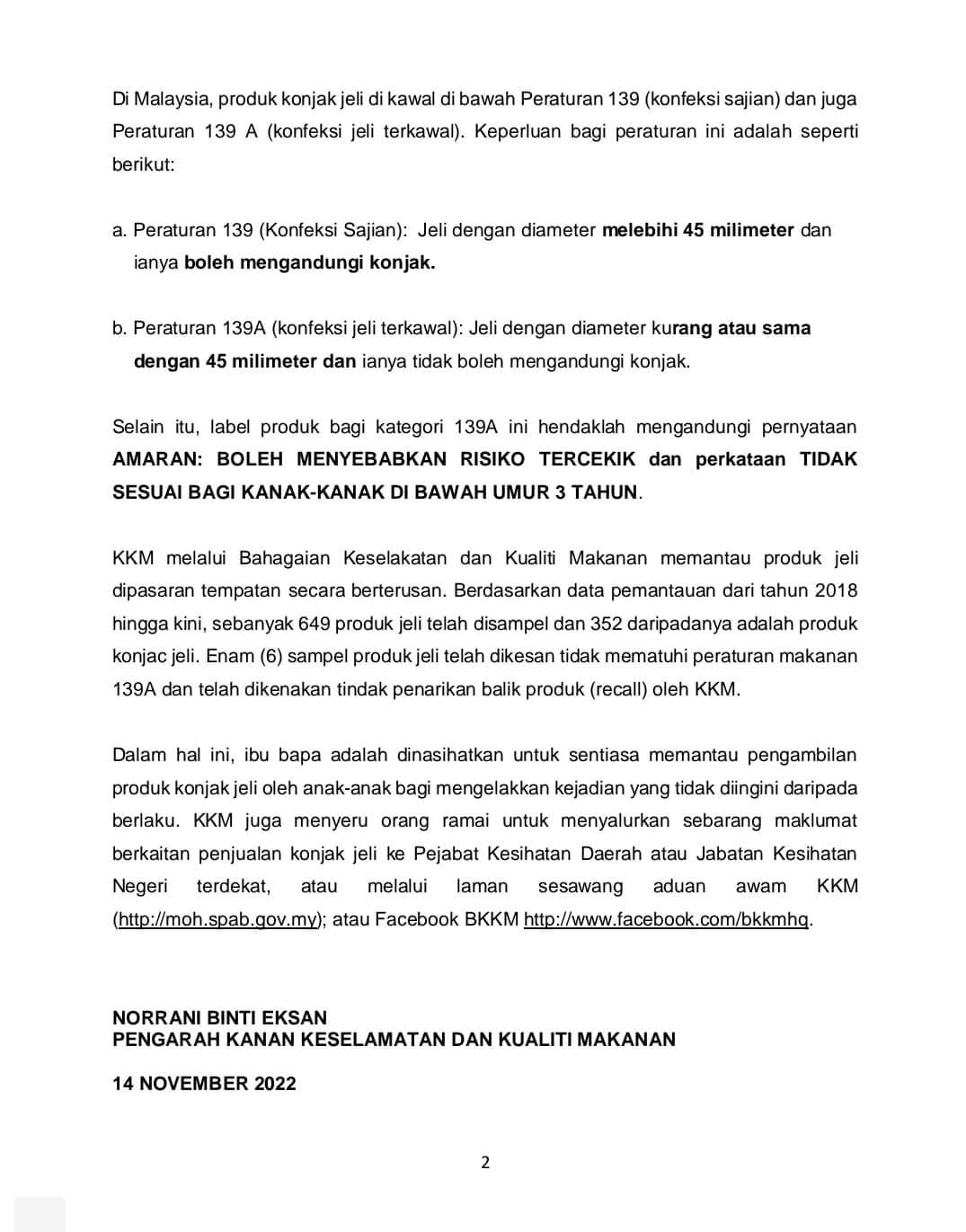
Source: KKM, Healthline

